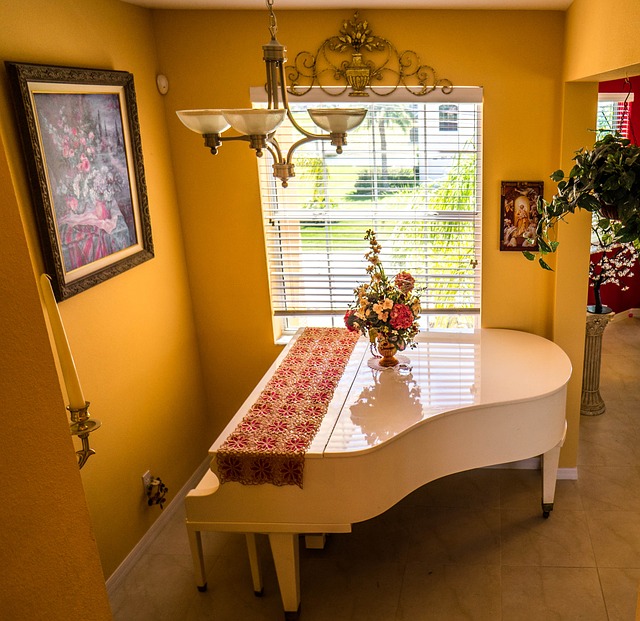Moving Proz explains what to leave behind during a move.
Moving makes you confront all your belongings and consider what you really need to take with you. Some things, though, are just not worth moving, from pianos and aquariums to artwork and houseplants. These are things that can’t easily be thrown into a box. It takes time, effort and planning to move those larger things.
When you run into items that become a challenge, such as your basement furniture, you have to think about whether it’s even worth taking with you.
Pianos
Pianos are some of the most difficult items to move. Not only are they large and awkward, they also have very delicate mechanisms inside, as well as the keys, that make this instrument a daunting prospect to move.
Unless it’s sentimental, an upright or spinet may not be worth the effort it takes to move it. Baby grand sizes and larger are worth the move but you will need expert help to do it.
In addition to possible damage to the piano itself, there are other opportunities for damage, such as to the walls, floors and stairways – not to mention the safety risk to the people who are actually moving the piano. In this case, you need a specialty piano mover to tackle this job.
Artwork and Antiques
Make sure you tell your moving company that you have art and antiques to move so they can arrive prepared. It takes skill to pack and transport fragile items, giving you peace of mind to ensure your mirrors, art, and other valuables arrive sans damage.
Furniture
Sometimes, with large pieces of awkward furniture, you may question how you even got it into the house in the first place! If you have a custom entertainment center or a bar, it probably entered in pieces and was then assembled in the room. If you can somehow take the furniture apart, this is best. If not, talk to your moving professional, who may be able to disassemble the piece.
If you can reasonably get the actual furniture out of your basement, for instance, it may still encounter challenges, such as handrails and narrow passages. Same thing goes with the stairs—hardwood is slippery, as opposed to carpet which has more give.
Aquariums
Depending on the duration and timing of your move, the best course of action is to just give the aquarium away. But if you’re really intent on moving the fish, take the following steps:
- Empty the tank of most of its water; leave enough for the existing bacteria colony to survive the relocation.
- Fill containers with the tank water; place the fish in these containers.
- Make sure they’re stable; put the containers in a bin on the floor of your car’s backseat.
- Set up the new tank right when you get into your new place. Float the containers in the tank so the fish can acclimate to the new temperature before releasing them.
If you have an investment-grade aquarium, your fish dealer may arrange for the transport of both your fish and equipment.
Houseplants
You’re best off leaving your plants for the new homeowners, but if you really want to take them, here’s how:
- Repot them into plastic containers a few weeks before the move
- Move them in your car
- Ensure they don’t overheat in transit
- Leave the plastic pots in your new home for a couple of weeks so they can acclimate to the new space
Contact Moving Proz
To get a free moving quote on your large items such as pianos, contact us in Overland Park, Lawrence or Kansas City.
